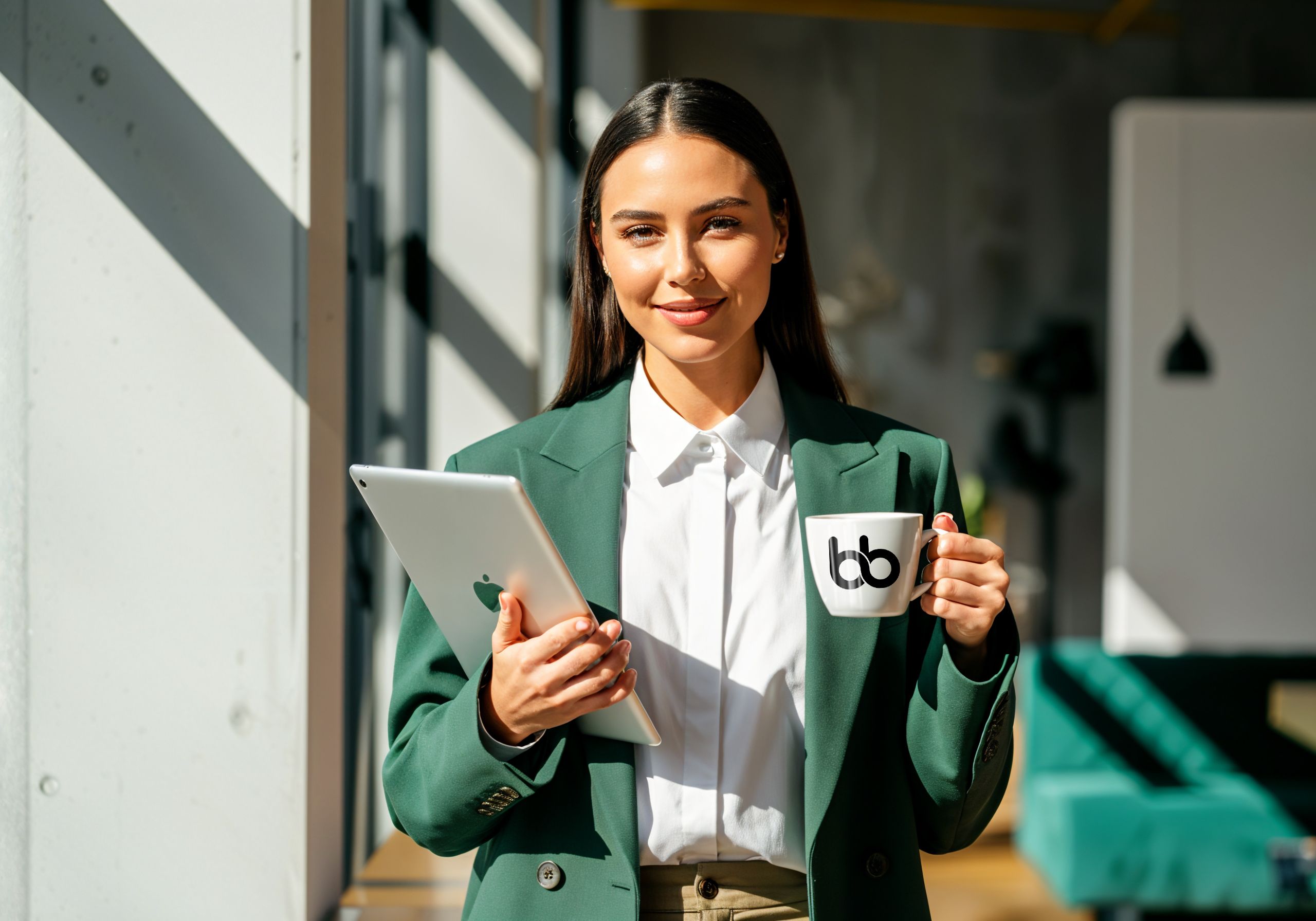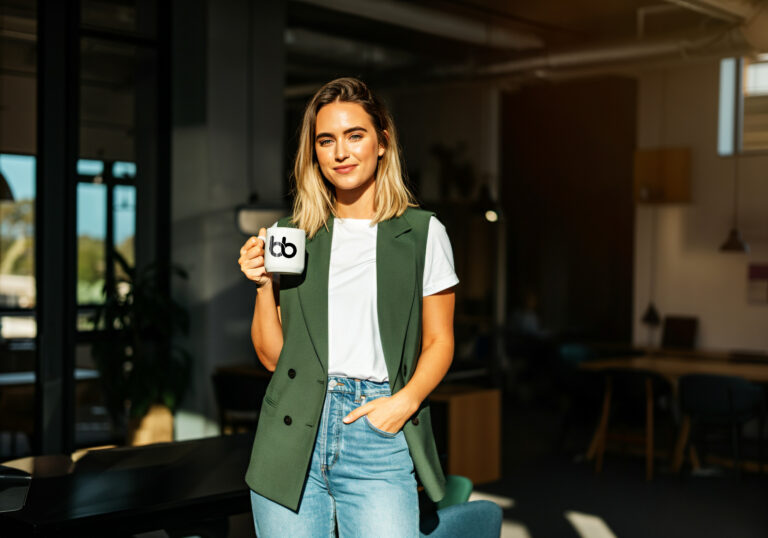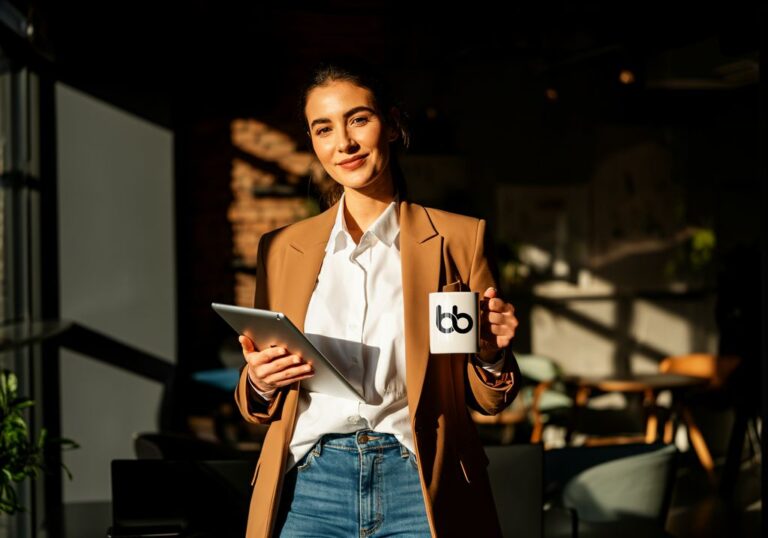Table of Contents
Why Media Coverage Matters For Immigration Cases
USCIS officers review hundreds of extraordinary ability visa applications each month. Among the strongest evidence they encounter is credible media coverage from recognized publications. When journalists independently decide your work deserves coverage, that editorial judgment carries significant weight.
EB1A publicity serves a specific legal purpose. The visa category demands proof that applicants have risen to the top of their fields. Media features from respected outlets provide third-party validation that immigration officers can verify. Coverage in eb1a major media strengthens applications because these publications maintain editorial standards that USCIS recognizes and trusts.
Quantity rarely impresses immigration reviewers. Twenty small blog mentions generate less impact than three features in nationally recognized outlets. Credibility determines value. Published articles from The Wall Street Journal, Forbes, or industry-leading journals demonstrate that independent editors evaluated your achievements and found them newsworthy. That editorial filter matters enormously when USCIS evaluates whether you possess extraordinary ability.
Strategic EB1A publicity creates lasting documentation. Unlike awards that reference single moments or recommendation letters that reflect personal opinions, media coverage provides verifiable, archived proof of sustained recognition. Immigration attorneys can submit these materials with confidence because reputable publications maintain permanent records that USCIS officers can independently confirm.
What Qualifies As Published Material
Press releases fail to meet USCIS standards, and sponsored content is rejected immediately. Immigration officers distinguish between promotional material and genuine editorial coverage with practiced eyes.
Acceptable eb1a published materials share specific characteristics such as third-party journalists researching and writing the content, editor-approved publication through established editorial processes, and outlets that maintain verifiable archives. Articles where you purchased placement or controlled the narrative lack credibility because they represent self-promotion rather than independent validation.
Major newspapers, established magazines, peer-reviewed journals, and recognized industry publications qualify as EB1A media proof. These outlets employ professional journalists, maintain editorial standards, and serve audiences beyond your immediate network. Coverage demonstrates that people outside your organization or field consider your work significant enough to report.
Baden Bower specializes in securing genuine editorial features that meet these verification standards. The firm connects clients with journalists who cover their industries, pitches newsworthy angles that editors want to publish, and ensures resulting coverage satisfies the documentation requirements immigration attorneys need. Each placement gets archived properly with screenshots, PDFs, and publication details that withstand USCIS scrutiny.
Regional business journals, national media outlets, and specialized trade publications all serve different strategic purposes. Scientists benefit from features in research-focused publications. Executives gain credibility through business media coverage. Artists strengthen cases with cultural journalism. The publication must match your field while maintaining standards that immigration reviewers respect.
EB‑1A Media That Proves It
Publicity isn’t fluff. It’s verifiable recognition, a secure independent coverage in credible outlets, document reach, and tie features to achievements that show sustained acclaim.

Aligning Your Media Strategy With EB1A Criteria
The extraordinary ability visa recognizes achievements across specific categories, including sustained acclaim, original contributions, judging others’ work, membership in distinguished organizations, awards, and published materials about your accomplishments. Each category demands different story angles.
Media strategy for EB1A cases maps directly onto these criteria categories. Scientists can pursue coverage highlighting research breakthroughs (original contributions) or features about peer review roles (judging). Executives might seek articles about industry transformation (original contributions) or profiles mentioning board positions (distinguished organizations). Artists benefit from reviews (published materials) or features about awards received (recognition).
Baden Bower structures pr for visa evidence through editorial sequencing. Rather than scattered coverage over short periods, the firm builds sustained visibility across twelve to eighteen months before application filing. Immigration officers favor patterns showing ongoing recognition over brief publicity bursts that suggest manufactured campaigns.
Content sequencing matters strategically. Initial coverage might establish expertise through thought leadership features. Subsequent articles can highlight specific achievements or innovations. Later coverage reinforces industry influence through commentary or analysis pieces. Together, these create a narrative arc demonstrating sustained extraordinary ability rather than temporary attention.
The eb1a visa success high impact publications strategy emphasizes quality outlet selection, strategic timing, and comprehensive documentation. Each placement serves dual purposes, like building genuine professional visibility while generating verifiable evidence for immigration review. Effective strategies recognize that publicity benefits extend beyond visa applications to include career advancement, business development, and industry positioning.
Maximizing Impact Through Strategic Placement
Tier-one publications transform EB1A applications. Features in The New York Times, Financial Times, or leading industry journals carry disproportionate weight because USCIS officers immediately recognize these outlets and understand their editorial rigor.
Compare two hypothetical cases. Applicant A secured twenty mentions across small blogs and local news sites over three months. Applicant B obtained five features in Forbes, Industry Week, and a major metropolitan newspaper across twelve months. Immigration attorneys consistently report that Applicant B’s profile generates stronger responses from USCIS reviewers despite fewer total placements.
Publication timing influences case strength significantly. Coverage clustered immediately before filing appears orchestrated. Articles published steadily over extended periods demonstrate sustained recognition. Ideal EB1A publicity timelines span twelve to twenty-four months, showing that media interest in your work persists rather than spiking temporarily.
Newsworthiness determines whether coverage feels authentic. Features tied to genuine accomplishments carry more credibility than generic profile pieces. Immigration officers evaluate whether publications covered you because of concrete achievements or vague claims about expertise.
Major outlets maintain high editorial thresholds. Journalists at these publications scrutinize pitches carefully, interview subjects thoroughly, and fact-check rigorously. When immigration reviewers see coverage from eb1a major media outlets, they infer that applicants passed multiple editorial filters. That inference strengthens extraordinary ability claims significantly.
Quality Control in Guaranteed Placements
A guarantee means nothing if the placements damage your reputation. Guaranteed PR includes rigorous vetting to ensure every placement enhances brand credibility, not just adds a logo to a list.
Baden Bower’s system flags questionable outlets automatically. If a publication’s editorial standards are declining, if their audience engagement is dropping, or if they’re covering controversial topics that could hurt brand association, the algorithm catches it. The system prioritizes avoiding negative media coverage before pursuing any placement.
Modern publicity trends emphasize selective visibility. Getting published in fifty random blogs builds nothing. Getting published in five tier-one outlets that your customers actually read? That builds credibility.
The guarantee includes quality thresholds, domain authority minimums, editorial reputation requirements, and audience relevance standards. Every placement must pass these filters before counting toward the guarantee. This protects brand reputation while delivering promised outcomes.

Converting Coverage Into Immigration Evidence
Media features become eb1a visa support materials through proper documentation. Immigration attorneys submit comprehensive packages that include archived screenshots showing full articles, PDFs preserving formatting and publication details, and verified URLs that USCIS officers can access directly.
Baden Bower prepares documentation systematically. Each placement generates multiple evidence formats such as high-resolution screenshots capturing publication mastheads and article content, archived PDFs saved with metadata intact, and Wayback Machine captures ensuring permanent accessibility. Circulation data, Alexa rankings, and editorial standards documentation accompany major features to establish outlet credibility.
Verification matters enormously. USCIS officers occasionally check submitted materials against publication archives. Articles that disappear, URLs that break, or coverage that contradicts claimed details undermine entire applications. Professional eb1a media proof preparation ensures every submitted item remains accessible and verifiable throughout immigration review processes.
Credibility statements supplement strong coverage. These documents explain publication significance, circulation reach, editorial standards, and industry recognition. When submitting features from specialized trade journals that immigration officers might not recognize, credibility statements provide context, establishing why coverage matters within specific fields.
Translation requirements apply to non-English coverage. Features from international publications require certified translations alongside original materials. Both versions get documented thoroughly with translator certifications, publication details, and verification information that USCIS can independently confirm.
Visibility As Proof Of Achievement
Credible media coverage verifies extraordinary ability through independent editorial validation. While publicity alone cannot guarantee visa approval, weak or absent coverage significantly undermines otherwise strong applications.
Immigration cases succeed through comprehensive evidence packages. Published materials work alongside recommendation letters, awards, patents, and other documentation to paint complete pictures of extraordinary achievement. Strategic EB1A publicity fills critical gaps by providing third-party verification that other evidence types cannot deliver.
Audit your current media presence carefully. Identify which coverage meets USCIS standards and which falls short. Generic blog mentions, promotional content, and self-published materials rarely strengthen applications. Focus instead on securing genuine editorial features from publications that immigration officers will recognize and respect.
Baden Bower’s EB1A publicity services provide structured support for building media proof systematically. The firm handles outlet targeting, journalist outreach, story development, placement confirmation, and comprehensive documentation—creating turnkey evidence packages that immigration attorneys can submit directly.
Extraordinary ability visa applicants face rigorous scrutiny. Published materials from credible sources demonstrate that independent observers evaluated your work and deemed it exceptional. That external validation transforms subjective achievement claims into verifiable proof that USCIS reviewers can confidently approve.
Turn Press Into Proof
Stop gambling on coverage—guarantee it. Anchor your brand in verified outlets and transform consistent press into lasting reputation and demand.
Guaranteed Publicity for Your Brand
Get featured in top publications with our proven PR strategies






